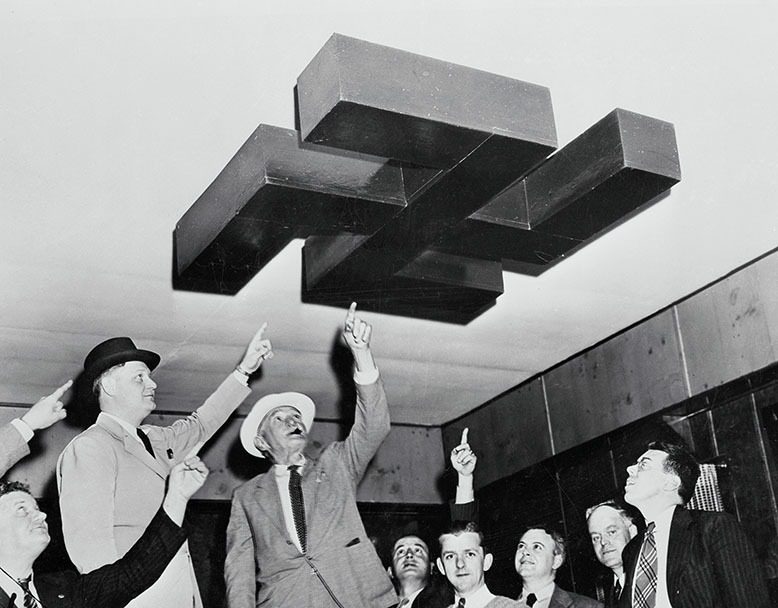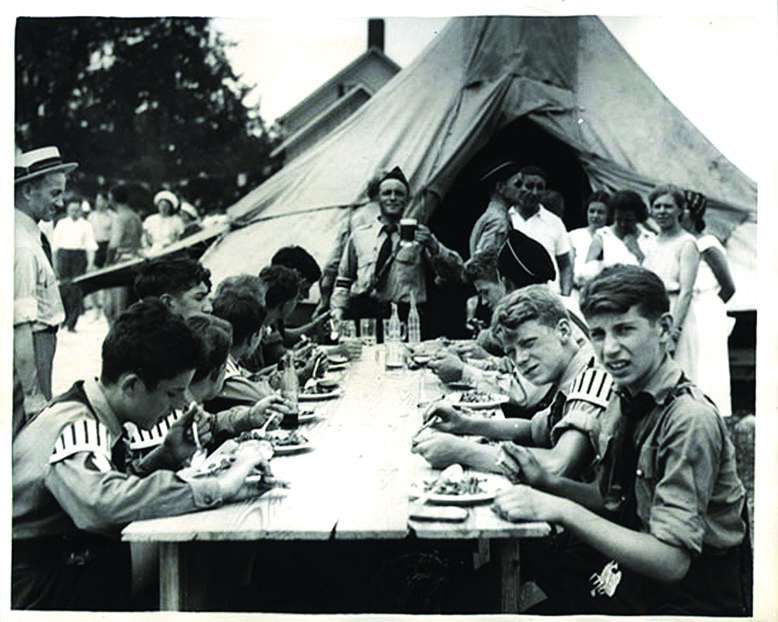
New Jersey has recently become a shocking case study for hate crimes.
But long before groups like the Proud Boys showed up, historians say 60,000 Jerseyans joined the Ku Klux Klan between World War I and World War II, with local groups in places like Scotch Plains, Mountainside, New Brunswick, Plainfield and the Amboys. They were led by a former vaudevillian named Arthur Bell, who lived in Wall Township and assembled a real estate empire in Monmouth County by collecting membership dues and selling “official” Klan hoods and garb. “Bell was a showman who basically ran a pyramid scheme,’’ historian Joseph Bilby, author of The Rise and Fall of the Ku Klux Klan in New Jersey, told New Jersey Monthly.
The Klan’s fortunes here ebbed after a mob of irate immigrants stormed an August 1923 Klan meeting in Perth Amboy. Five hundred panicked Klansmen who had gathered at an Odd Fellows Hall ripped off their hoods and dashed out of town. The mob overturned a police wagon full of cowering Klan members. A front-page story in The New York Times said one hapless Klansman was almost stuffed down a manhole. The headline: “Perth Amboy Mob in Anti-Klan Riot; Scores are Beaten. Crowd of 6,000 Drive Ku-Kluxers from Hall, pummeling and stoning them; police tear gas futile.’’
Bilby said Jersey Klan leaders eventually started fighting among themselves and with national Klan leaders over their real estate holdings and pyramid-scheme profits. Bell ended up broke, jobless and living over a garage in Belmar.
By the mid-1930s, members of the German-American Federation—the Bund—were writing a new chapter of Jersey-style white supremacy. More than 112,000 people of German descent lived in Depression-era New Jersey. Historians say about one-third of them sympathized with the racist vision of Adolf Hitler.
To lead the U.S. Bund, Hitler selected Fritz Kuhn, a Munich-born World War I veteran who came to be known as the American Führer. Under Kuhn, Bund chapters opened across New Jersey. There were also rural, woodsy retreats for Bundists in Bloomingdale, Griggstown and Andover, home of the infamous Camp Nordland, which drew 10,000 people on opening day alone.
Bund members enjoyed all the advantages of a close-knit social club—singing, dancing, drinking beer.

Hitler Youth at the German-American Bund Camp Nordland in 1939, having a meal together. Photo courtesy of weirdnj.com
But the main business was the celebration of the Fatherland, Aryan culture and nascent Nazi ideology. Photos from Camp Nordland’s heyday record one-arm saluting and uniformed Hitler Youth marching in rank and file.
As the reality of Nazi evil started sinking in, the American Bund drew increasing attention from suspicious lawmakers and law enforcers, from local sheriffs to the FBI. Bund leaders at Camp Nordland were investigated for a string of vice crimes ranging from child abuse to embezzlement.
Kuhn was convicted of stealing $14,000 in Bund funds and ended up in Sing Sing prison.
By the start of World War II, the Jersey Bund was anemic and officially disbanded after the Pearl Harbor attack in 1941.
Jeff Pillets is an award-winning investigative reporter.



